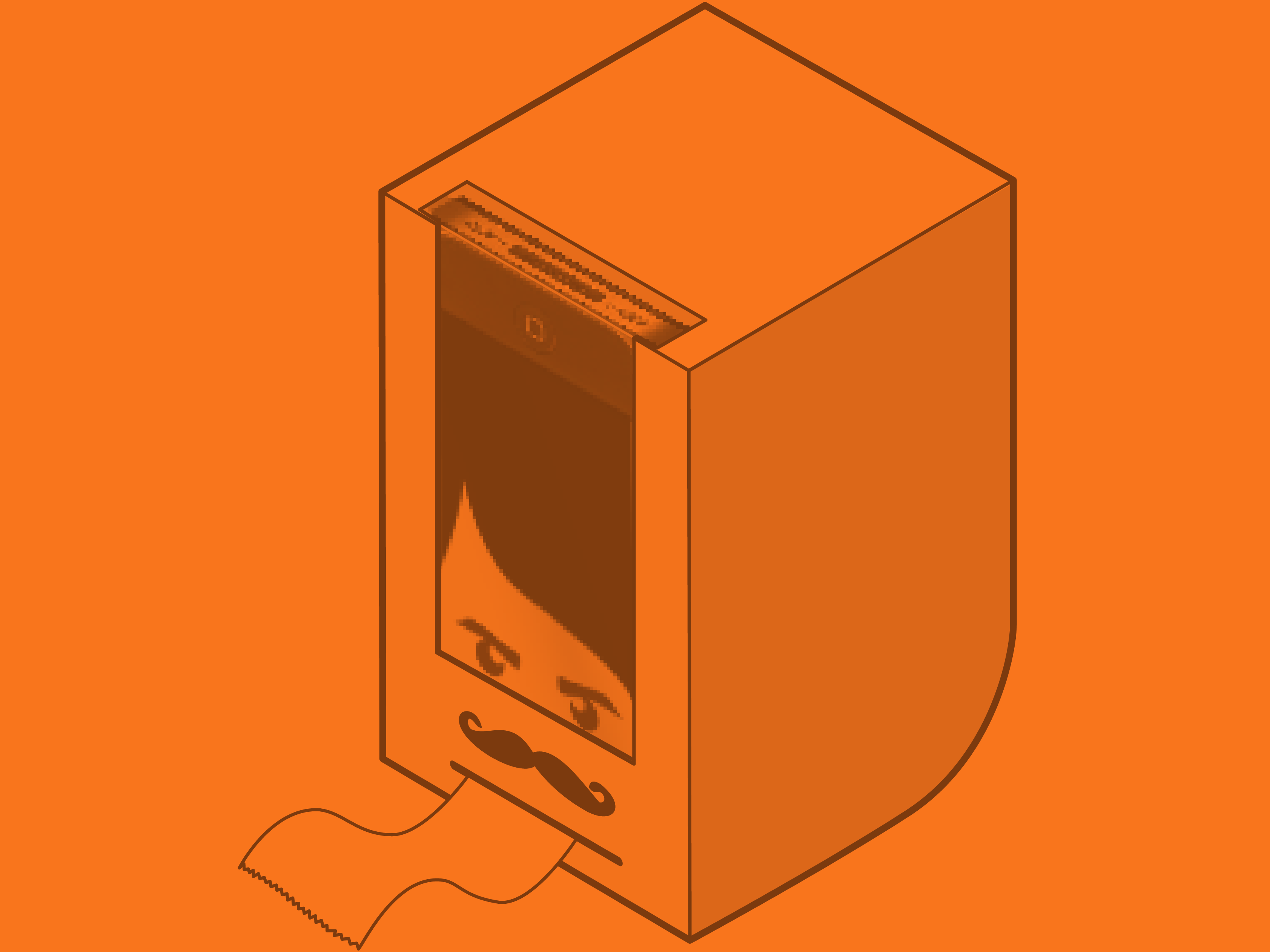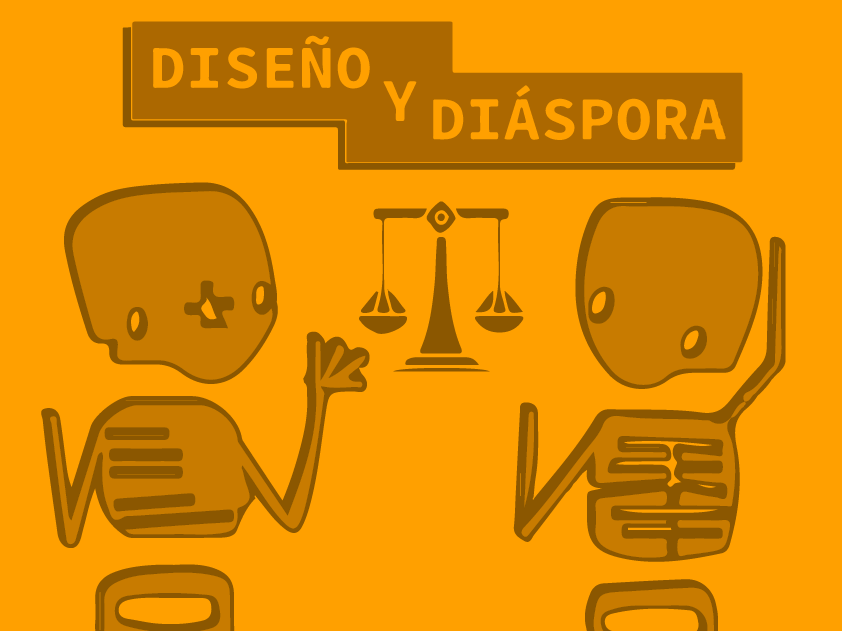In Proceedings of the 6th Conference on Design4Health, Amsterdam July 1-3 2020 by Angie Henriquez Martinez & Santiago de Francisco Vela.
Go here to read the article
Go here to read the article
Abstract
The relationship between design and medicine is not new. The discipline of design has impacted the medical practice in meaningful ways, from the development of spaces and devices to the optimization of healthcare services and strategies. Earlier approaches have focused primarily on solving or improving specific needs such as designing more hygienic spaces, creating more powerful tools, or increasing medical record efficiency. Function and usability were primary goals. However, as the field of design began to evolve, so did the concept of Medesign. From a utilitarian perspective to a user-centric model, healthcare designers began to explore other dimensions related to experiential comfort, emotions, and motivations from practitioners and patients. The purpose of this study is to expand those user-centered dimensions and to start discussing elements related to the symbolic value and reflective aspects of medicine. A two by two matrix was created to explore the actual universe of healthcare, from a functional approach to an experiential one, to expose opportunities in which design can influence practitioners’ and patients’ well-being. The practitioner-patient axis determines who benefits from the design intervention. The functional-experiential axis determines the level of problem-solving compared to opportunity-driven approaches. Five cases were analyzed according to this matrix to emphasize and define aspects essential to design for well-being and future healthcare. We expect to identify new action fields that expand the interactions between design and medicine. We discusses five directions for applying design for health and well-being that can broaden the spectrum of design interventions, including the use of metaphors, tangible models, and the level of interaction, among others. These directions can create more alternatives for designers who want to promote a more human slant in medicine, creating awareness, understanding, and the involvement of patients, practitioners, and caregivers.
Keywords:
Healthcare design, Symbolic value, Design for wellbeing
2x2 matrix to categorize healthcare solutions based on the approach to medicine (horizontal axis) and the type of actor with whom it interacts (vertical axis).
Project 1: Homeostasis sanatoris. A therapeutic product that stimulates physiological healing process.
Every disease process comes with changes and challenges, both physical and emotional. Most of the time, people can identify the physical alterations as symptoms, discomfort, and pain, while the emotional aspects of the disease are difficult to identify. Henríquez Martínez and De Francisco Vela (2019) created Homeostasis sanatoris as a water filter placed on a pulley system designed to stimulate patient reflection on the disease and to allow them to make their emotions visible through the elements contained in the product.
Every disease process comes with changes and challenges, both physical and emotional. Most of the time, people can identify the physical alterations as symptoms, discomfort, and pain, while the emotional aspects of the disease are difficult to identify. Henríquez Martínez and De Francisco Vela (2019) created Homeostasis sanatoris as a water filter placed on a pulley system designed to stimulate patient reflection on the disease and to allow them to make their emotions visible through the elements contained in the product.
Once patients define the water filter, they have to find balance by using the weights. This activity is aimed at triggering conversations about changes in the patients' routines.
Project 2: Konnekt play. A set of shapes that allow children isolated in hospitals to play with their peers.
Child cancer patients have to be isolated in hospitals while undergoing treatment. Jansweijer (2013) developed Konnekt as a means to support the social development of these children by allowing them to play with other children in the hospital. The designer believes that children never stop being children, so he used the dynamics of games as a foundation to create Konnekt.
Interaction between two children using Konnekt.
Project 3: Doplor. An interactive art piece that improves auditory experiences for nurses in intensive care units.
Much goes on in intensive care units; nurses run around looking after patients, family members visit their loved ones, and lots of machines make all sorts of different noises. Redert (2018) proposes a visualization system that shows patients’ status without overwhelming them with the sounds of the vital sign monitoring machines.
Doplor's prototype set up in a validation session.
Project 4: CareTunes. A monitoring tool that uses musical streaming to display patients' vital signals.
Continuing with ICUs, CareTunes proposes an approach based on musicality as a means to understanding a patient's vital signs (Boges, Koen. 2018).
Display of CareTunes controllers.
Project 5: PARO - A robot seal for mental health care.
Caregiver deficits for the elderly increase over time, leading to many negative mental and emotional conditions. Older adults experience depression, loss of family and friends, a change in their social role, and sometimes other mental diseases such as dementia or Alzheimer's. All these conditions decrease quality of life for both caregivers and the elderly. Shibata and Wada (2011) developed a therapeutic medical seal robot, PARO, to promote non-pharmacological therapy in geriatric care.
Using PARO for the elderly.
Throughout the paper, we discussed a couple of projects that explore different approaches to improving patient and practitioner experiences. Most of these experiences are not necessarily expected to improve patients’ health, but rather their well-being. Fostering spaces for social dynamics, or allowing patients to express themselves through an object, builds new levels of interaction, which, from a scientific perspective, does not add to the patients' recovery. It is not easy to measure the impacts of these interventions.
Five healthcare projects geared towards the experiential quadrant of the matrix.
we defined five factors that can help to develop products or services within the healthcare context. These are analogies, users involvement, communication, representations, and evidence of building a process. We propose strategies that help designers and other professionals focus on medical situations to create better experiences that promote patient and physician well-being.
Comparative chart of factors and projects.
The purpose of the instruments described here is to determine other dimensions, such as the idea that patients remain human, despite their illness. Providing more interactions that resemble human behaviors can help avoid the alienation suffered during pathological processes, and we consider that through design, we can support such approaches by focusing design research on how to create opportunities to enrich such experiences.
To cite this article:
Henríquez Martínez, A & De Francisco Vela, S (2020). Essentials for wellbeing: Expanding the symbolic value of healthcare design. In Christer K. Craig C. and Chamberlain P., eds. 2020. Proceedings of the 6th European Conference on Design4Health, Amsterdam NL, 1-3 July 2020. Sheffield: Sheffield Hallam University: pp 370-383
Henríquez Martínez, A & De Francisco Vela, S (2020). Essentials for wellbeing: Expanding the symbolic value of healthcare design. In Christer K. Craig C. and Chamberlain P., eds. 2020. Proceedings of the 6th European Conference on Design4Health, Amsterdam NL, 1-3 July 2020. Sheffield: Sheffield Hallam University: pp 370-383









